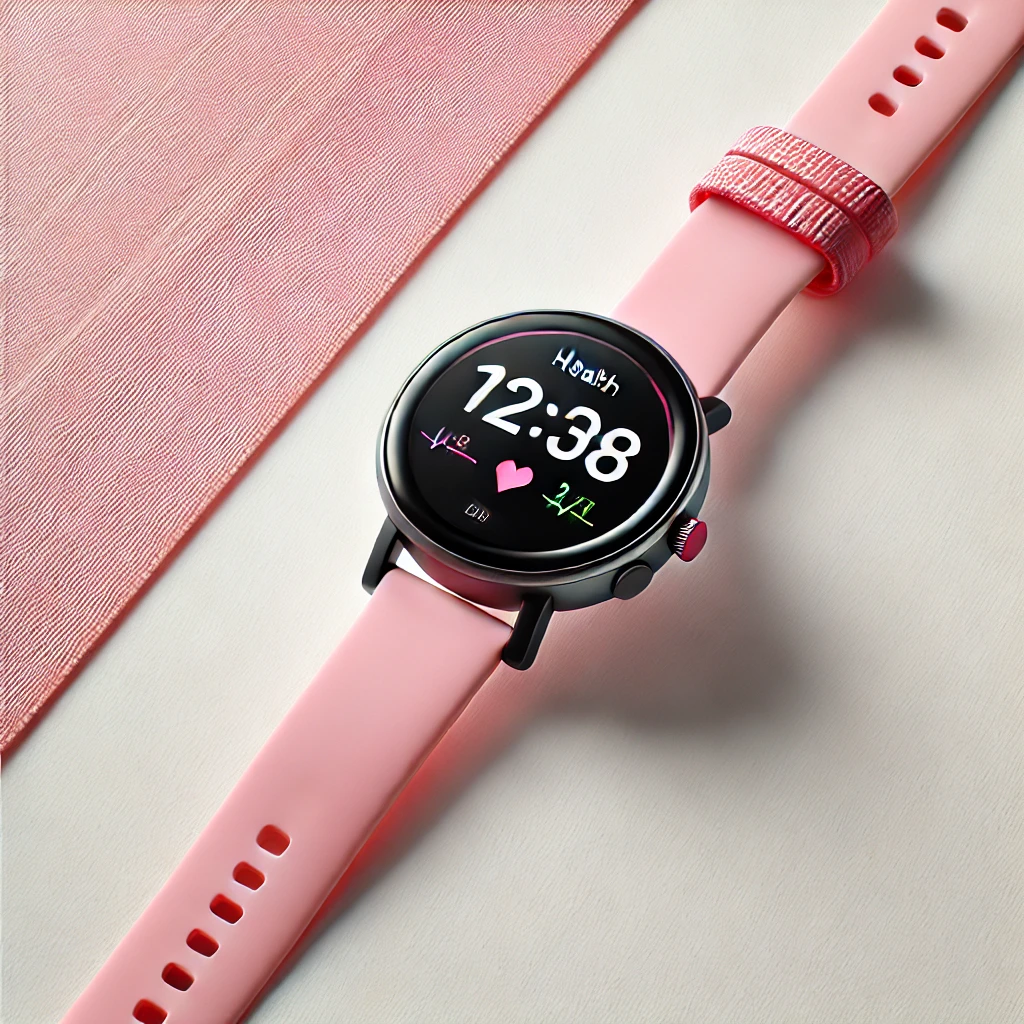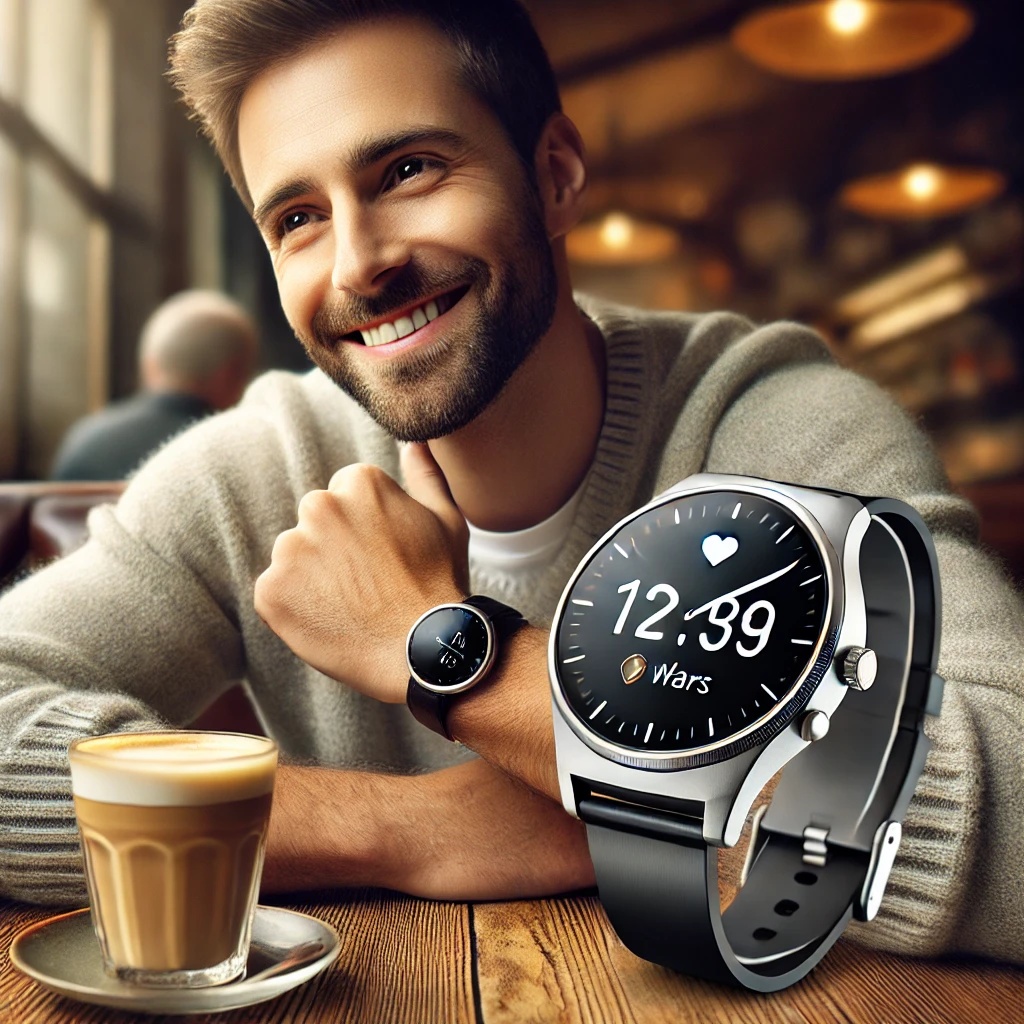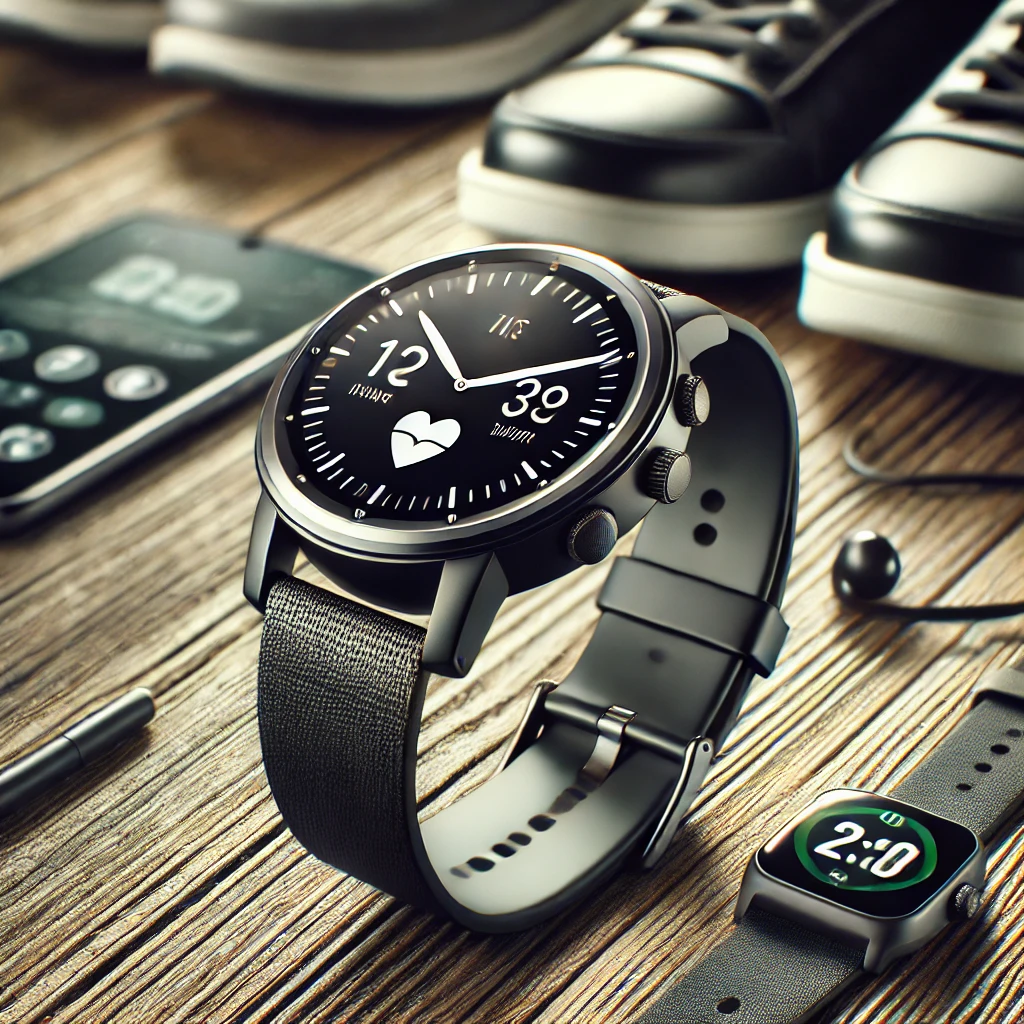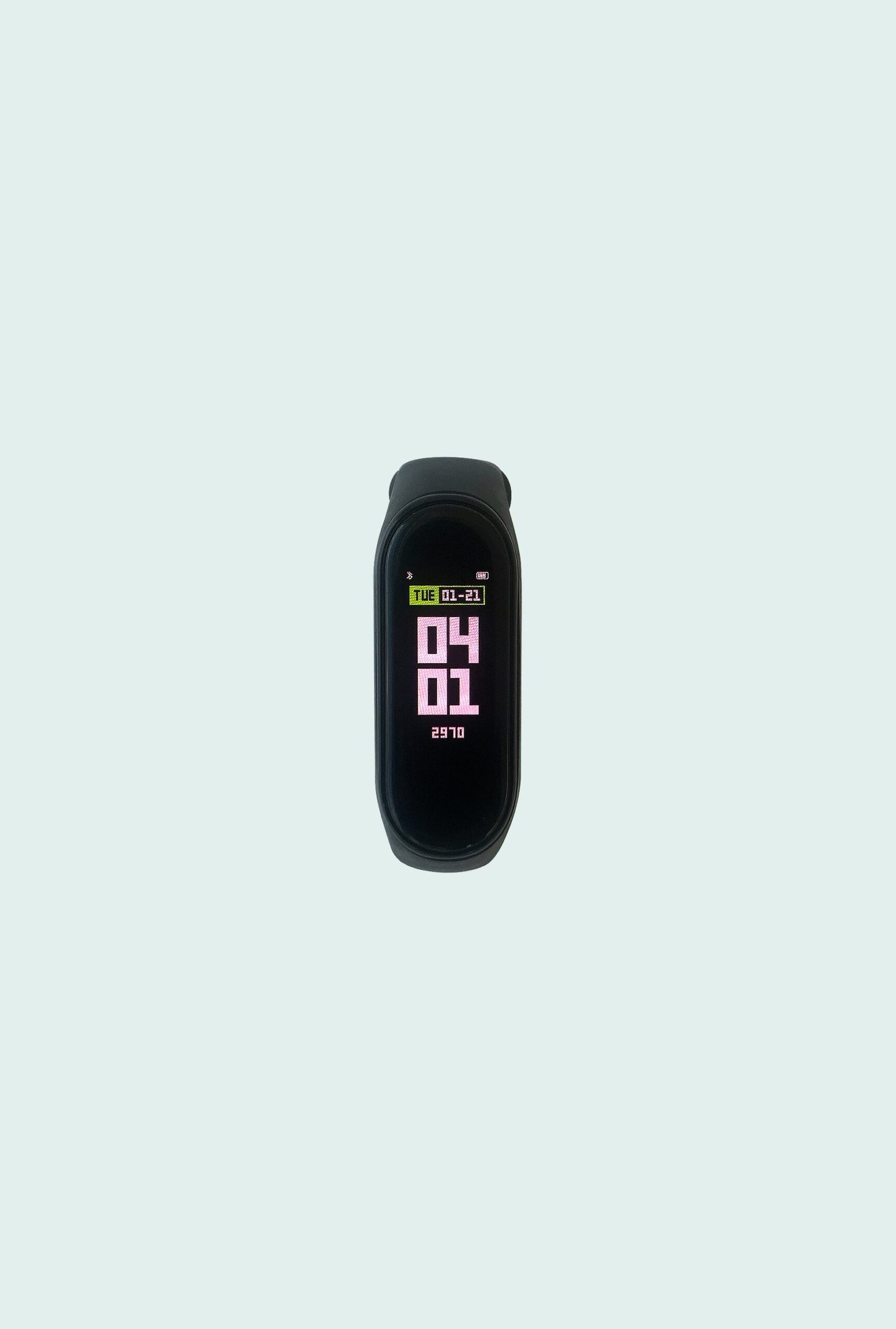Introduction to Smart Watches
Smart watches embody a significant advancement in technology, merging traditional timekeeping with sophisticated digital functionalities. Initially, these devices served as mere timepieces, offering basic features such as alarms and timers. However, over the years, the evolution of smart watches has transformed them into multifunctional tools that cater to various user needs beyond just telling time.
The rise in popularity of smart watches can be attributed to several factors, including the increasing demand for health and fitness tracking technology. Modern consumers are keen on maintaining their well-being, resulting in features such as heart rate monitors, sleep tracking, and activity logs becoming standard in many models. Furthermore, smart watches now integrate seamlessly with smartphones, providing notifications for calls, messages, and even social media updates directly on the wrist. This level of connectivity ensures that users remain informed without needing to frequently check their mobile devices.
Moreover, the functionality of smart watches has expanded to encompass a wide range of applications from navigation to mobile payments. Wearers can access various apps that facilitate daily tasks, enhancing convenience and productivity. The ongoing advancements in this technology have fostered a sense of personalization, allowing users to select watch faces, straps, and features that align with their individual preferences and lifestyles.
As smart watches continue to evolve with new innovations, they have undoubtedly become essential companions in modern life. Their integration of aesthetics, functionality, and emerging technologies underscores why these devices are no longer an optional accessory but rather a vital part of daily routines for many individuals. With this foundation laid, it is worthwhile to explore the various benefits and features that further amplify the significance of smart watches in today’s fast-paced world.
Health Monitoring Features
Smart watches have revolutionized the way individuals manage their health and wellness by offering an array of monitoring features that empower users with real-time data and long-term insights. One of the most prominent capabilities is heart rate tracking, which allows users to continuously monitor their heart rate throughout the day. This feature enables individuals to understand their cardiovascular health better, as it provides insights into resting heart rates and can even alert users to irregularities that may require further attention.
In addition to heart rate monitoring, smart watches are equipped with advanced sleep analysis tools. These tools not only track the duration of sleep but also assess sleep quality by analyzing various sleep stages, such as REM, light, and deep sleep. Understanding these stages allows users to optimize their sleep hygiene, address potential sleep disturbances, and improve overall mental and physical well-being. This capability is particularly useful for individuals seeking to enhance their health through better sleep patterns.
Activity tracking is another essential feature found in smart watches, encouraging users to stay active throughout the day. These devices monitor steps taken, calories burned, and active minutes, motivating individuals to achieve their fitness goals. With reminders to move and the ability to set specific targets, users can foster a more active lifestyle, which is crucial for long-term health management. Many smart watches also support various exercise modes, tracking metrics specific to different activities, thus catering to diverse fitness needs.
In totality, the health monitoring features of smart watches encompass heart rate tracking, sleep analysis, and activity tracking, allowing users to take charge of their health. By utilizing the data provided by these devices, individuals can make informed decisions regarding their wellness routines, ultimately enhancing their quality of life.
Connectivity and Convenience
Smart watches play a crucial role in enhancing connectivity and convenience in our daily lives. With the rapid advancement of technology, these devices have evolved to become an extension of our smartphones, enabling seamless communication through notifications for calls, texts, and application alerts directly on the wrist. One of the primary advantages of smart watches is their ability to keep users informed without necessitating the frequent checking of their smartphones. This is particularly beneficial in busy environments where multitasking is essential and distractions from a phone screen can lead to decreased efficiency.
Many smart watches utilize Bluetooth technology to maintain a constant connection with smartphones, ensuring that important notifications are delivered in real-time. This functionality allows users to receive alerts for incoming calls, messages, and app notifications while they are engaged in activities such as exercising, commuting, or attending meetings. By having these notifications accessible on the wrist, individuals can prioritize their responses based on urgency without excessive interruption to their current tasks.
Additionally, smart watches often come equipped with features that promote convenience beyond simple notifications. For instance, users can quickly respond to text messages through pre-set replies or voice commands, enhancing communication while on the move. Furthermore, some models integrate mobile payment systems, allowing users to complete transactions swiftly and securely without needing their wallets or phones. This combination of connectivity and convenience significantly contributes to a more streamlined lifestyle, as users can manage their daily responsibilities with greater ease and efficiency.
Ultimately, smart watches have established themselves as indispensable tools in modern life, providing the connectivity users need while ensuring that convenience remains at the forefront of everyday interactions.
Fitness and Activity Tracking
Smart watches have become indispensable tools for fitness enthusiasts and casual exercisers alike, primarily due to their comprehensive tracking capabilities. These devices serve as sophisticated fitness trackers, equipped with features that allow users to monitor various aspects of their physical activities. One standout feature is GPS tracking, which enables individuals to accurately measure distance traveled during outdoor activities such as running, cycling, or hiking. By providing real-time location data, smart watches assist users in understanding their pace and overall performance, making it easier to adjust their routines accordingly.
Furthermore, smart watches offer advanced workout monitoring, allowing users to track a multitude of exercises, from strength training to yoga. This broad range of supported workouts ensures that individuals can log their activities, irrespective of their fitness preferences. Many smart watches also include heart rate monitors that provide insights into cardiovascular performance, enabling users to train within their optimal heart rate zones for improved fitness outcomes. This level of data accessibility not only tracks performance metrics but also fosters a deeper connection between the user and their health objectives.
Additionally, goal-setting functionalities in smart watches play a crucial role in motivating individuals to maintain an active lifestyle. Users can set achievable fitness goals, such as daily step counts or exercise duration targets. This feature encourages accountability, pushing users to achieve their objectives and often rewarding them with notifications or badges once milestones are reached. The seamless integration of technology and fitness tracking in smart watches garners essential support for users, aiding them in their journey toward improved health and wellness.
Customization and Personalization
The rise of smart watches has ushered in a new era of personalization, allowing users to tailor their devices to reflect their unique styles and preferences. One of the primary ways in which individuals can customize their smart watches is through the vast array of watch faces available. These digital interfaces can range from sleek and minimalistic designs to vibrant, detailed visuals, catering to various aesthetics. Furthermore, many smart watch models permit users to create their own watch faces, integrating personal images, themes, or colors that resonate with their identity.
Beyond watch faces, the customization of straps plays a significant role in enhancing personal expression. Users can choose from a plethora of materials, colors, and styles, including leather, metal, silicone, and fabric. This adaptability allows individuals to effortlessly transition their smart watch from a sporty look for fitness activities to a more formal appearance for professional settings or social events. Consequently, straps have become an essential component in defining the overall personality of the device.
Additionally, applications on smart watches provide a further avenue for customization, enabling users to select and install software that suits their lifestyle needs. From productivity tools and fitness trackers to social media and entertainment apps, the options available are vast. Each user has the ability to curate an application suite that is not only functional but also aligned with their personal interests, enhancing the utility of the smart watch.
Ultimately, the ability to customize and personalize smart watches contributes significantly to their popularity. By allowing users to express their individuality, smart watches have evolved beyond mere gadgets; they represent an extension of personal style and identity, adapting to the varied preferences of their owners.
Integration with Smart Home Devices
As technology continues to evolve, the integration of smart watches with smart home devices has emerged as a significant advancement in the realm of connected living. This integration allows individuals to manage various aspects of their home environment directly from their wrists, turning what was once a luxury into a practical necessity. Smart watches operate seamlessly with smart home systems, providing users with the ability to control lights, adjust thermostats, and monitor security systems all with a few taps and swipes. This level of convenience not only enhances day-to-day interactions with technology but also contributes to an overall more efficient lifestyle.
One of the primary advantages of this integration lies in the enhanced convenience it provides. Users can easily dim the lights or set the thermostat to their preferred temperature without having to move from their current location. This feature is especially beneficial in situations such as when entering a home from outside with hands full or when preparing for bed. With a smart watch, everything can be done with minimal effort, thereby promoting a sense of ease within the home environment.
Moreover, the integration of smart watches with home security systems adds an additional layer of safety for users. Smart watches enable individuals to receive real-time alerts about any unusual activity or system malfunctions, allowing for quicker responses in emergencies. Consequently, users can monitor their homes even while away, ensuring peace of mind and enhancing personal security. The capability to connect and communicate with smart devices contributes significantly to a more connected lifestyle, where technology works harmoniously to cater to individual needs.
Overall, the integration of smart watches with smart home devices presents a multitude of advantages, driving convenience and security while cultivating a modern lifestyle characterized by connectivity and efficiency.
Productivity and Organization
In the fast-paced world we inhabit, enhancing productivity and maintaining organization are more crucial than ever. Smart watches have emerged as indispensable tools that assist individuals in managing their daily tasks effectively. Equipped with a plethora of features, they serve as extensions of smartphones, allowing users to access essential information and applications directly from their wrists.
One of the primary productivity functionalities offered by smart watches is the ability to receive calendar alerts and notifications. This feature ensures that users are promptly reminded of upcoming meetings, appointments, and deadlines, significantly reducing the likelihood of forgetting critical commitments. With just a glance at their wrist, individuals can stay aware of their schedules, enabling them to allocate their time wisely.
Additionally, many smart watches are integrated with customizable reminder systems. Users can set reminders for various tasks, whether it’s a simple grocery list or a complex project deadline. The tactile alerts and vibrational feedback of these devices serve as effective prompts, helping users to stay focused and organized throughout their busy days. This constant reinforcement allows individuals to prioritize tasks and adapt their workflows according to what is most urgent.
Furthermore, productivity apps available on smart watches enhance their functionality significantly. These range from to-do lists and habit trackers to project management tools, all designed to streamline daily activities. The convenience of having these applications accessible instantly allows users to effortlessly manage their workload without the need for additional devices, contributing to a more efficient use of time and resources.
Ultimately, smart watches are not merely fashion accessories; they represent a significant advancement in personal productivity and organization. By leveraging calendar alerts, reminders, and dedicated apps, users can enhance their efficiency and better manage their time, leading to a more structured and productive lifestyle.
Safety Features and Emergency Handling
Smart watches have increasingly become integral to personal safety and emergency handling in modern life. These wearable devices are equipped with various features designed not only to facilitate everyday activities but also to provide essential safety measures. Among the noteworthy functionalities is the emergency SOS alert system. This feature allows users to quickly contact emergency services or notify designated contacts with the press of a button. In critical situations, such immediacy can be vital, ensuring that help arrives as quickly as possible.
Another significant safety feature commonly found in smart watches is fall detection. This technology utilizes built-in sensors to detect sudden changes in movement patterns, indicative of a potential fall or accident. Once a fall is detected, the smart watch can automatically initiate a call to emergency services or alert a pre-set emergency contact. This feature offers not only immediate assistance capabilities but also peace of mind for users and their families, knowing that help is only a tap away, even in instances when users may be unable to call for help themselves.
Moreover, many smart watches now come equipped with real-time location tracking functionalities. This allows users to share their location with family or friends, providing an additional layer of safety. In scenarios where a user may feel unsafe or is unable to communicate their whereabouts, this feature ensures that someone else can quickly locate them. Integrating these safety features, smart watches prove to be more than just fitness trackers or communication devices; they serve as essential tools for enhancing personal safety. The combination of emergency SOS alerts, fall detection, and location tracking collectively contribute to creating a safer environment for users, reinforcing the vital role smart watches play in contemporary life.
Conclusion: The Future of Smart Watches
As we reflect on the integral role of smart watches in today’s society, it becomes evident that their significance is poised to grow substantially. The evolution of technology continually influences the capabilities of these devices, making them not just accessories, but essential tools in modern life. The ability to monitor health metrics, track fitness goals, and receive real-time notifications streamlines daily activities, catering to the increasing demands of a fast-paced lifestyle.
Looking toward the future, several trends suggest that smart watches will only become more sophisticated. Enhanced health monitoring features, such as advanced biometric sensors and predictive analytics, are likely to emerge, facilitating comprehensive health management. As users increasingly prioritize wellness and connectivity, smart watches are set to converge more closely with artificial intelligence, enabling personalized experiences and proactive health insights.
Moreover, the integration of smart watches with smart home technology suggests a future where these devices will operate as central hubs of connectivity. This shift may allow users to engage with their environments seamlessly, enhancing the overall convenience of daily routines. With the rise of 5G technology, the capacity for smart watches to function independently of smartphones will further redefine their utility, fostering an era of unparalleled mobility.
In conclusion, the advancements in smart watch technology are reshaping their role within our lives. As we embrace the digital age, investing in a smart watch emerges as not merely a trend, but a necessity for those seeking to optimize their lifestyle. With ongoing innovations on the horizon, the future of smart watches heralds increased functionality, enhanced interactivity, and a deeper integration into our daily lives, making them indispensable tools for modern living.









